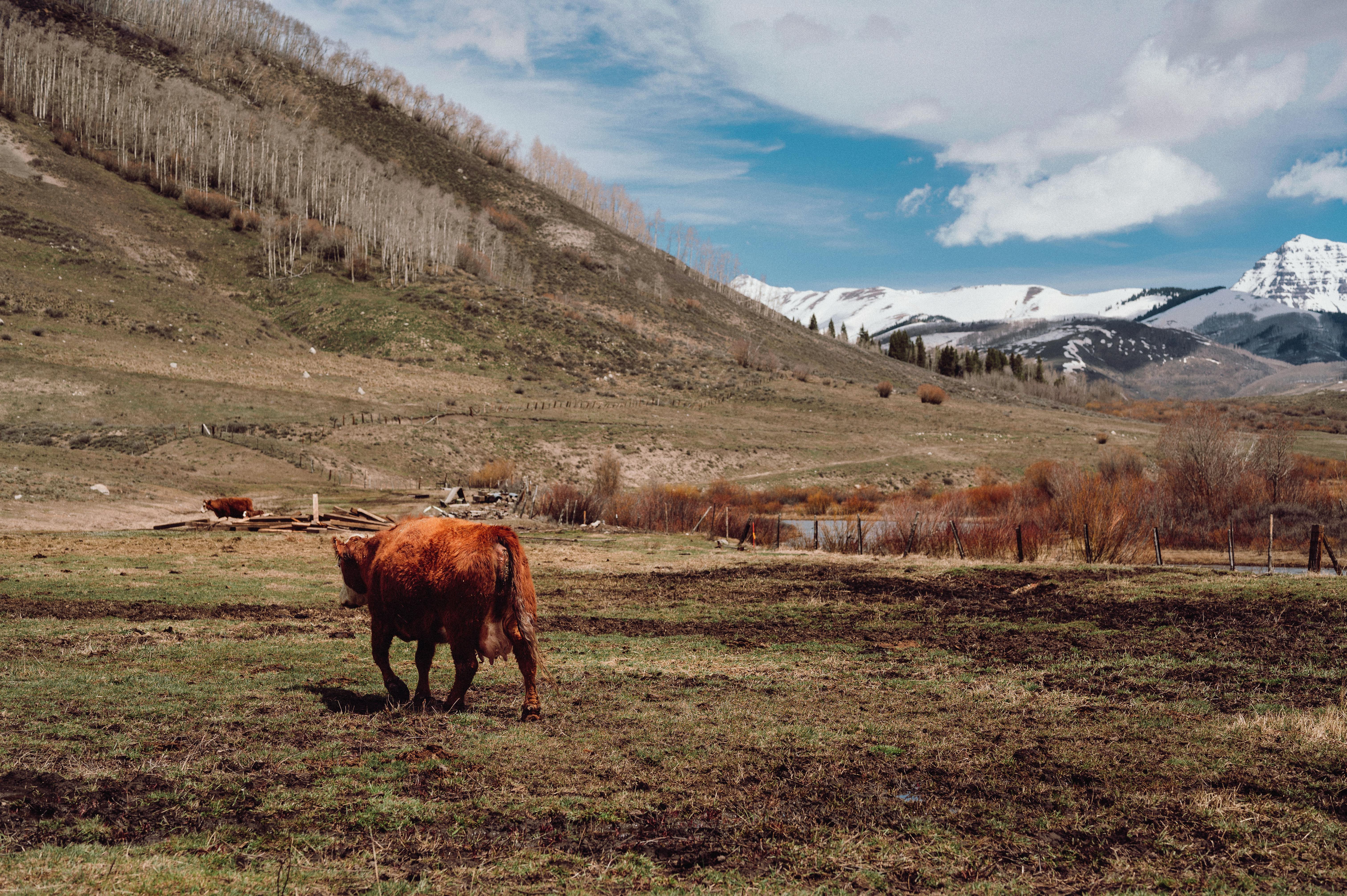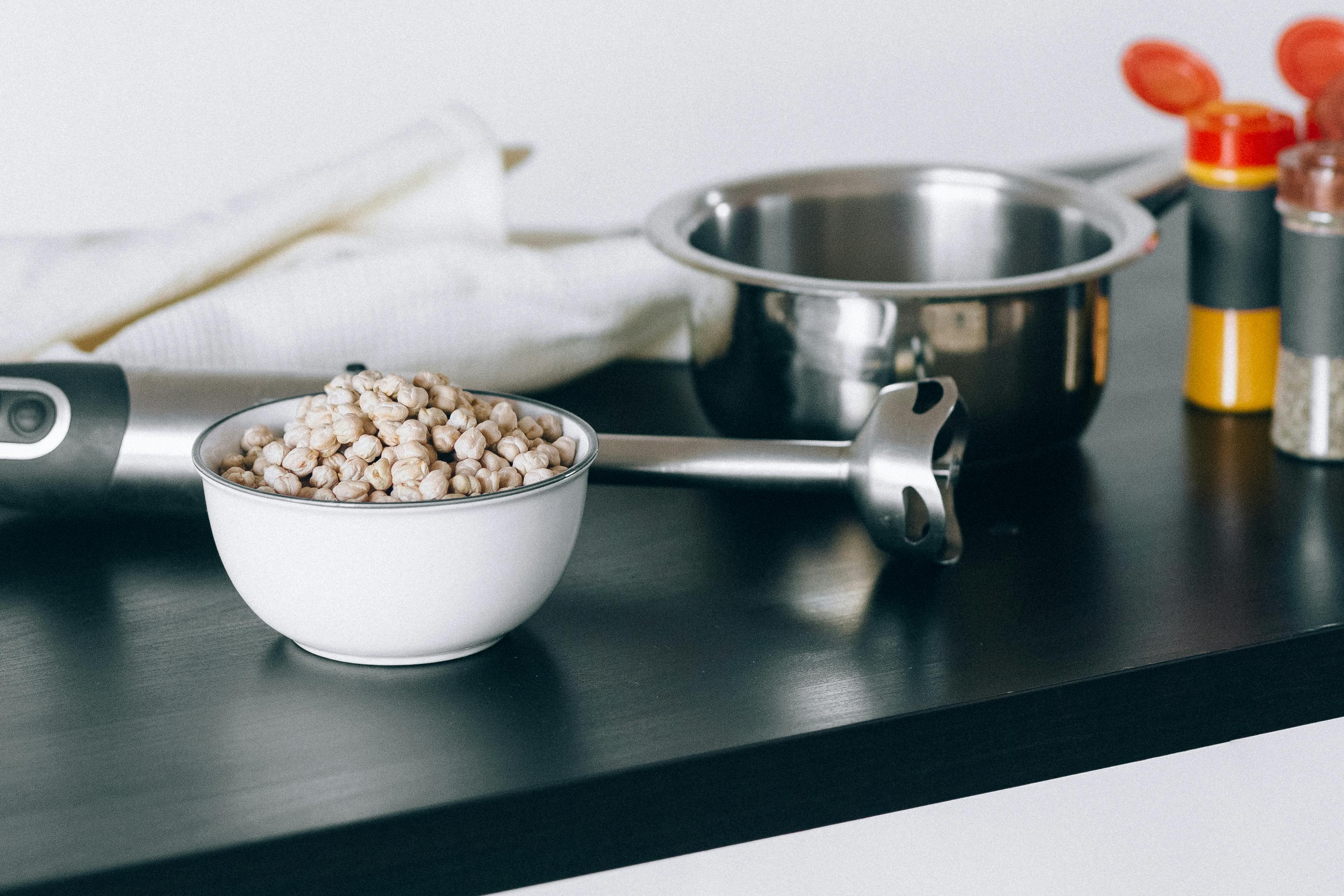Effective Ways to Improve Your King Snake Diet for 2025

Apply Now


Effective Ways to Improve Your King Snake Diet for 2025
In the world of reptile care, understanding the dietary needs of your pet is paramount to ensuring their health and well-being. King snakes, known for their striking colors and calm demeanor, are becoming increasingly popular as pets. However, many owners overlook the critical aspects of their diet, which can profoundly affect their growth, health, and happiness. In this article, we will explore **what do king snakes eat**, examine the necessary components of their nutrition, address common feeding practices, and highlight important dietary considerations.Understanding King Snake Nutrition Requirements
King snakes are carnivorous reptiles, primarily feeding on rodents, birds, and other small animals in the wild. The foundation of a healthy king snake diet consists of appropriate protein sources, vitamins, and minerals essential for their growth and vitality. **Protein for king snakes** is critical since it supports muscle development, organ function, and overall health. Moreover, these snakes require calcium to maintain strong bones and proper metabolic functions. Adding **calcium supplements for king snakes** can contribute significantly to their dietary needs, especially since wild dietary sources might not always provide enough. It's essential to balance their diet by varying their food types to ensure they receive a broad spectrum of nutrients.Best Diet for King Snakes
When considering the **king snake food types**, a varied diet is recommended. Adult king snakes typically thrive on a diet of appropriately sized rodents, such as mice or small rats. Baby and juvenile snakes, known as **young king snakes**, should primarily feed on pinky mice or smaller prey to accommodate their smaller digestive systems and nutritional needs. The frequency of feeding is also crucial—**how often to feed king snakes** may vary depending on their age, size, and metabolic rates. Generally, juvenile king snakes require feeding every 5-7 days, while adults can be fed every 10-14 days. This knowledge helps prevent obesity, a common issue in captive snakes due to overfeeding or irregular feeding schedules.Frozen Food vs. Live Prey for King Snakes
Debates on whether to feed **live prey for king snakes** or opt for frozen food are common among snake owners. Each feeding method has its pros and cons. Live prey may stimulate natural hunting behaviors, promoting more active engagement, but comes with risks such as injury to the snake or stress during capture. Conversely, frozen food can be safer, eliminating risks associated with live feeding and often being more nutritionally balanced when properly handled. For those opting for frozen food, it’s essential to learn proper thawing techniques to avoid potential health risks. The choice between live and frozen options largely hinges on the snake's preferences and owner comfort levels. Always monitor the **king snake appetite** during feeding sessions to adjust the feeding routine according to their response.Common King Snake Feeding Mistakes
After establishing a foundational understanding of king snake dietary needs, it's vital to recognize common mistakes that could compromise their health. One prevalent error is **king snake feeding mistakes**, such as inconsistent feeding schedules or offering prey that is too large, hindering digestion. Another mistake involves neglecting the significance of variety in their diet. Relying heavily on a single type of prey can lead to nutritional deficiencies. To optimize king snake nutrition, ensure an eclectic diet tailored to their specific needs, including different prey types to enrich their nutrient intake and prevent dietary monotony.King Snake Feeding Guidelines
Creating a successful feeding plan involves adhering to **king snake feeding guidelines** that encompass proper prey sizing, nutritional diversity, and regular monitoring. Prey should ideally be no larger than the widest part of the snake's body to prevent potential ingestion issues. It's also important to pay attention to **king snake feeding behavior**. Understanding their eating habits can help you identify any changes or potential health issues. If a king snake typically exhibits a strong feeding response but suddenly shows reduced interest, it may indicate health problems that require veterinary attention.Feeding Supply Essentials for King Snakes
To facilitate proper feeding practices, investing in the right **king snake feeding supplies** can make a significant difference. This includes food storage solutions, appropriate thermal equipment for thawing frozen prey, and feeding tongs for live prey. Additionally, maintaining a clean feeding environment is critical to prevent contamination and health risks. Regular cleaning of feeding dishes and habitat environments ensures a safe space for your king snake, promoting better feeding habits and overall health.King Snake Health and Diet
The relationship between diet and health in king snakes cannot be overstated. Poor dietary habits can lead to **king snake health issues**, such as obesity, metabolic bone disease, or malnutrition. Therefore, understanding the implications of different **king snake dietary restrictions** is vital. Monitoring the **optimal weight for king snakes** is crucial for assessing the effectiveness of their nutrition. Regular check-ups with a reptile veterinarian can help verify that your king snake is maintaining a healthy weight and receiving the proper nutrition to thrive.Seasonal Care for King Snakes
As part of a dynamic approach to king snake care, it's important to recognize the potential seasonal variations in their diet. Changes in temperature can affect metabolism and feeding behavior; thus, adapting your feeding schedule according to the season can help accommodate their natural rhythms. During hibernation cycles or colder months, king snakes may require fewer feedings, while increased feeding during warmer months may be necessary due to heightened activity levels. Understanding these **king snake seasonal diet** nuances ensures your snake continues to thrive throughout the year.Understanding King Snake Feeding Behavior
The feeding habits of king snakes can provide insight into their overall health and well-being. Observing how they respond to food can inform you about their preferences and any potential health issues. For example, if a king snake consistently refuses food, it may signal stress, illness, or discomfort. Keeping a detailed feeding log can assist in tracking their appetite, preferences, and any behavioral changes. This information can be valuable for veterinarians during health assessments, ensuring that you can address any issues promptly before they escalate.Conclusion: Optimizing Your King Snake's Diet
In conclusion, effectively improving your king snake's diet in 2025 requires a careful balance of knowledge, observation, and adaptability. By understanding their dietary needs, recognizing common mistakes, and incorporating seasonal considerations, you can ensure a long, healthy life for your pet. Remember that each king snake is unique, and observing their individual preferences and responses will guide you toward the best feeding practices. Remember, maintaining an open dialogue with veterinary professionals about king snake care, nutrition, and feeding strategies will keep your beloved reptile in optimal health and allow you to enjoy many years together.
